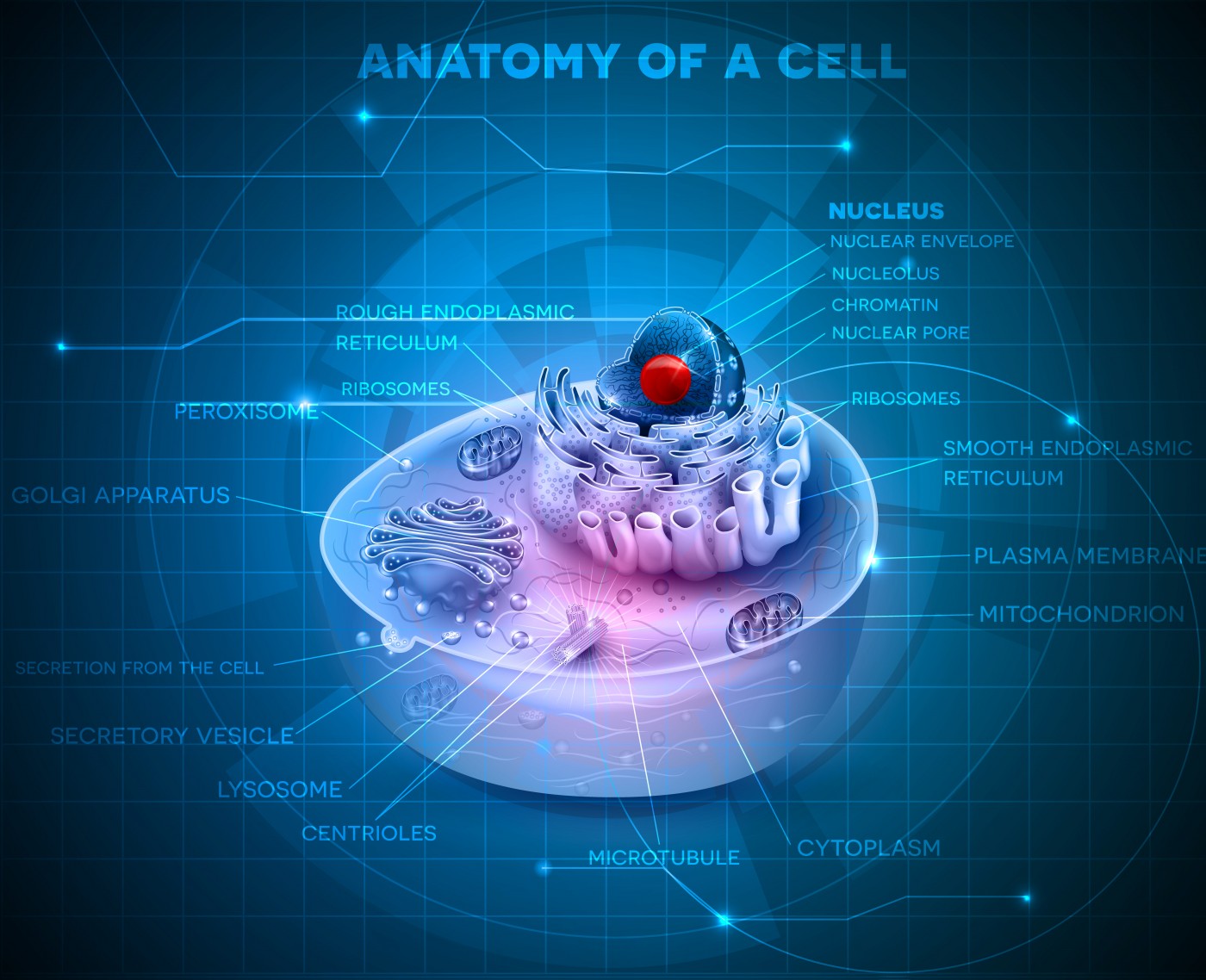Discovery in Mitochondrial DNA Synthesis to Fundamentally Impact Disease Research

In what could be deemed a historic discovery, researchers at the University of California, Davis, have untangled how the process of mitochondrial DNA division is organized, a process linked to the division and later distribution of mitochondria within cells.
The study “ER-mitochondria contacts couple mtDNA synthesis with mitochondrial division in human cells”, published in the journal Science, came from basic robust research with no specific disease in mind but will likely make a substantial impact on future research in numerous disease fields linked to the workings of mitochondria — and diseases linked to mitochondria malfunction.
In stark contrast to the rigorously controlled processes in the cell’s nucleus, synthesis of DNA and division of mitochondria is what scientists refer to as “relaxed.”
Jodi Nunnari, professor and chair of molecular and cellular biology at UC Davis and the senior author of the report, prefers to call it “a lot more relaxed,” explaining that the seemingly unorganized state made it difficult for researchers to understand how a cell distributes newly synthesized mitochondrial DNA, and how or if mitochondrial division organizes.
The answers to the questions came from hours of arduous work at the microscope. Post doctoral researcher Samantha Lewis and undergraduate student Lauren Uchiyama color-tagged mitochondria and the DNA with different fluorescent dyes to track the structures’ movements. They also used a special dye capable of illuminating only DNA that is actively dividing, and another cellular structure — the endoplasmatic reticulum (ER).
The ER spreads around the cell in a network of membranes forming tube-like structures. It is most known for protein production, but scientists have shown that when mitochondria divide, they attach to specific sites on the ER.
As researchers had previously described, Nunnari’s team noted that mitochondria divided at certain contact points with the ER, where the outer surface of the mitochondrion touched the ER membranes. But they also observed mitochondrial DNA synthesis also occurring in a specific subset of the points.
“There are hundreds of contact points around the cell that determine where division takes place and how mitochondria are distributed, but division preferentially occurs at the subset of contacts where mitochondrial DNA is being copied,” Nunnari said in an article by UC Davis online. “It shows that there is a higher order to this, it is not simply random.”
Nunnari described the process as a licensing procedure, where contact between the ER and the mitochondrion “licensed” the mitochondrial DNA to copy and divide. The chromosomal division inside mitochondria was followed by the division of the mitochondrion itself, and to the distribution of the newly formed mitochondrial DNA around the cell.
“We didn’t come to this by studying any specific disease, it’s discovery-based research,” Nunnari said. “But this will greatly impact human health.”






